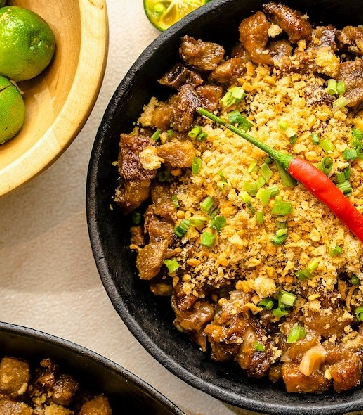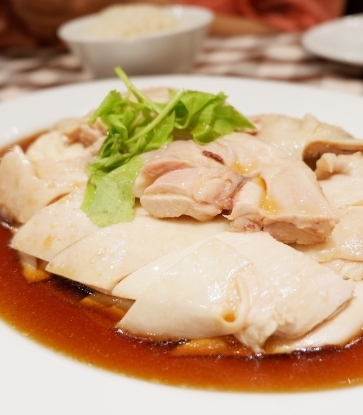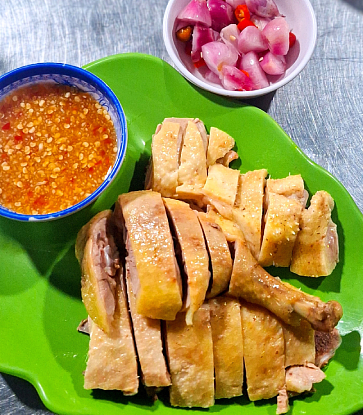“Now there are eight stalls around Singapore with roughly the same menu offerings,” he says. “And although we use the same ingredients, the soups from each stall all taste a little different because of each chef’s personal cooking style and control of fire and temperature.”

The light and clear-looking soups bely their rich flavours, extracted over a three- to four-hour long cooking process. Accompanied with a bowl of rice, these soups make a satisfying meal on their own.
Chen offers eight types of soups at his stall—the signature Buddha Jumps Over The Wall, Ten Tonic Ginseng Chicken Soup, Herbal Ginseng Black Chicken Soup, Gingko Pork Tripe Pepper Soup, Lotus Root Peanut Pork Ribs Soup, Old Cucumber Pork Rib Soup, Watercress Pork Rib Soup and ABC Pork Rib Soup.

However, Chen notes that it’s the simpler offerings like the Lotus Root soup that sells out the quickest everyday. The Watercress and Old Cucumber soups too, are popular for their ‘cooling’ properties in sunny Singapore.

Chen’s wife, Qu, prepares two types of rice to go with the soups each day, white and pumpkin rice, the latter selling out quickly as some hungry customers eat several bowls with just one order of soup.
Coaxing out flavours
The day starts at 7.30am every day for the couple as they open the stall and begin prep, washing vegetables, scalding pork ribs and dividing up herbs. Then, they battle the heat from eight large pots of soup which bubble and boil till 11am, making sure to control the temperature of the fire at every step of the way.
Each vat only has the capacity to make about 20 bowls of soup, with soups that contain a lot more ingredients, like the Buddha Jumps Over The Wall, only yielding about a dozen bowls. “We never cut our soups with more water during the cooking process, so although the amount we can produce daily is limited, you only get the best flavor,” Qu says in Mandarin. The soups usually sell out by 1.30pm at lunch time and the two start the process all over again for dinner service at 5pm.























